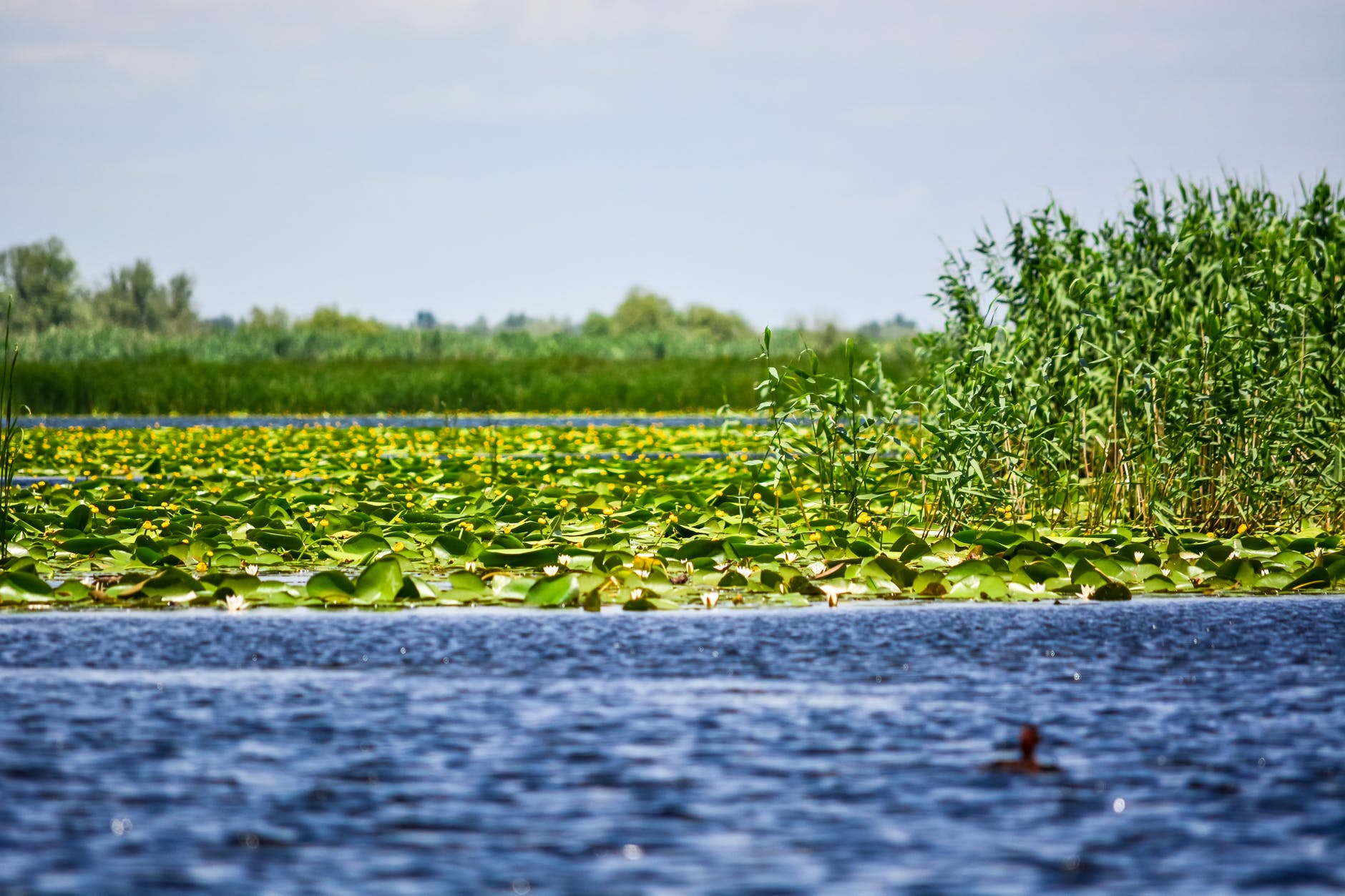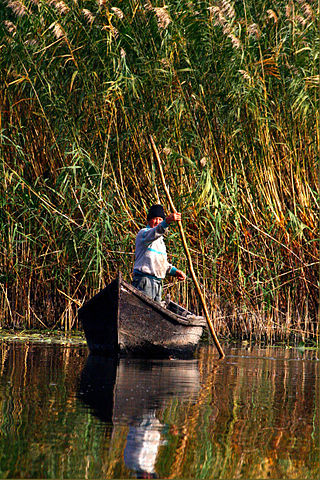The Danube DeLTA
The mighty Danube flows 275 kilometers from its sources in the German Black Forest to the Black Sea. Shortly before the sea, it forms the second largest and best preserved delta in Europe: 2,200 square kilometers of rivers, canals, swamps, tree-lined lakes and reed islands. The Danube Delta is a paradise for nature lovers (especially bird watchers).
Booking.comTravelers can spend three or more days exploring the passages, working with the highest concentration of bird colonies in Europe. The labyrinth of straw-lined canals, willows and oaks caught in lianas provides the perfect breeding ground for countless bird species, some of which come from far away from China and Africa. Millions of Egyptian white pelicans come here every spring to raise their young, while the same number of Arctic geese come here to escape the harsh winters of northern Europe.
 The Danube Delta consists of a complex network of waterways and lakes, which are divided into the three main estuary channels of the Danube. This area with floating reed islands, forests, pastures and sand dunes stretches over 3,000 square kilometers and is home to a fascinating mix of cultures and people as well as a large number of wild animals. Tulcea lies at the top of the three canals and is an ideal starting point for exploring the Danube Delta.
The Danube Delta consists of a complex network of waterways and lakes, which are divided into the three main estuary channels of the Danube. This area with floating reed islands, forests, pastures and sand dunes stretches over 3,000 square kilometers and is home to a fascinating mix of cultures and people as well as a large number of wild animals. Tulcea lies at the top of the three canals and is an ideal starting point for exploring the Danube Delta.
The modern Danube Delta began to form after 4000 BCE in a bay of the Black Sea, when the sea rose to its present level. A sandy barrier blocked the Danube bay where the river initially built its delta. Upon filling the bay with sediment, the delta advanced outside this barrier-blocked estuary after 3500 BCE, building several successive lobes: the St. George I (3500–1600 BCE), the Sulina (1600–0 BCE), the St. George II (0 BC–present) and the Chilia or Kilia (1600 CE–present). Several other internal lobes were constructed in the lakes and lagoons bordering the Danube Delta to the north (Chilia I and II) and toward the south (Dunavatz). Much of the alluvium in the delta and major expansion of its surface area in the form of lobes resulted from soil erosion associated with the clearing of forests in the Danube basin during the 1st and 2nd millennium.
The Danube Delta (Romanian: Delta Dunării) is the second largest river delta in Europe, after the Volga Delta, and is the best preserved on the continent.The greater part of the Danube Delta lies in Romania (Tulcea County)Its approximate surface area is 4,152 km2 (1,603 sq mi). With the lagoons of Razim–Sinoe (1,015 km2 (392 sq mi) with 865 km2 (334 sq mi) water surface), located south of the main delta, the total area of the Danube Delta is 5,165 km2 (1,994 sq mi). The Razim–Sinoe lagoon complex is geologically and ecologically related to the delta proper and the combined territory is listed as a World Heritage Site.
 Estimated between 12,000 and 16,000, depending on the definition of the area covered and the residence status. The population is divided into three main waterways, Chilia, Sulina and Sfintu Gheorghe, the main source of drinking water. The local population was involved in the use of natural resources on a small scale and low intensity (are 10,000 boats registered) by external interests such as fishing, cattle grazing and beekeeping were added,
Estimated between 12,000 and 16,000, depending on the definition of the area covered and the residence status. The population is divided into three main waterways, Chilia, Sulina and Sfintu Gheorghe, the main source of drinking water. The local population was involved in the use of natural resources on a small scale and low intensity (are 10,000 boats registered) by external interests such as fishing, cattle grazing and beekeeping were added,
The commercial center in the Delta is the free port of Sulina. In the late 1980s, the city experienced a rapid expansion: There were 500 new homes built, a hotel and a shipping center, each year 3,500 ships to be handled in the. Further urban developments took place on May 1st in Chilia Veche, Sfintu Gheorghe, Unirea and Independenta.
